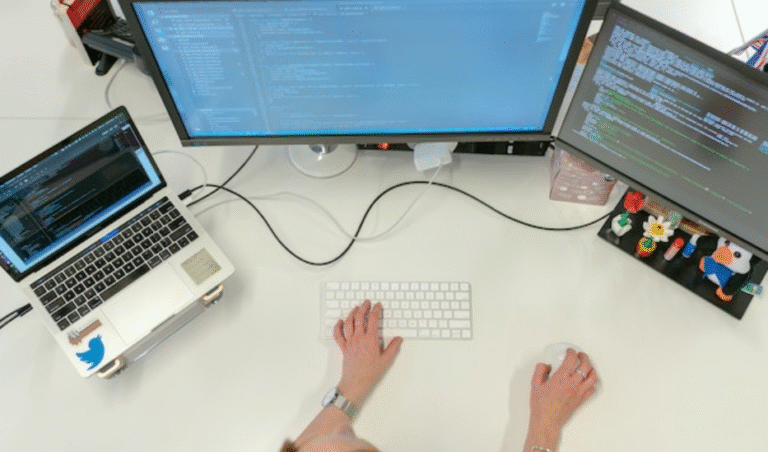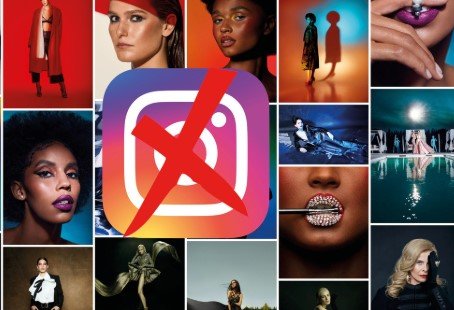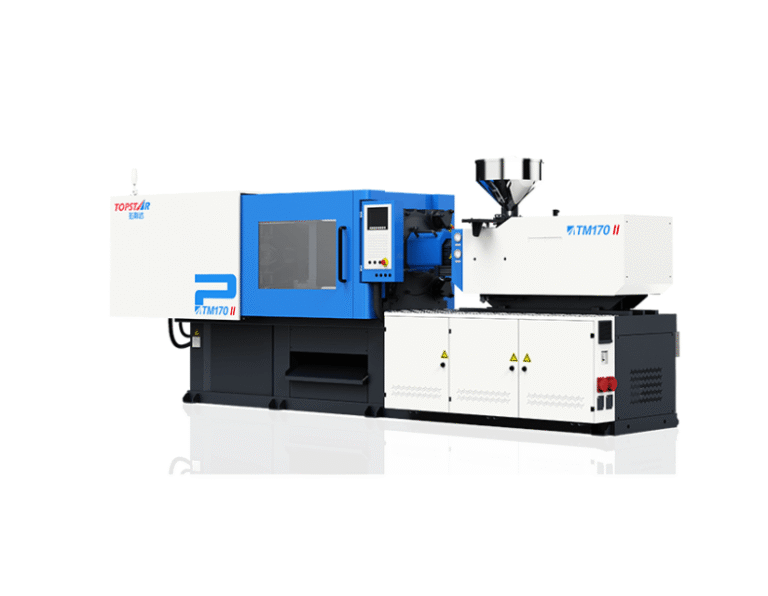The Rise of AI Image Generators: Transforming Visual Creativity

Creative professionals spend more of their waking hours clicking on screens than sculpting clay or mixing paint. An unexpected ally has arrived in those hours. Over the past two years, dozens of free and subscription-based AI imagers have begun turning plain English sentences into striking visuals that would have been prohibitively expensive to commission only yesterday.
How do these programs deliver such production-speed sorcery? The answer lies in a quiet revolution of cloud computing and probabilistic mathematics that is now draped across nearly every design workstation, smartphone photo-editing app, and marketing site.
What Makes AI Image Generators So Powerful?
Algorithms do not follow rules the way handbooks instruct artists to do; they inhale samples of everything-paintings, stage props, neon signs in Taipei-and quietly remix those experiences among themselves. Generative Adversarial Networks, or GANs, sit at the nucleus of this wizardry, pitting twin neural nets against one another until one twin can no longer tell a forgery from the real thing. An image builds pixel by pixel yet somehow appears finished the moment it is saved.
- Text-to-Image Transformation: A prompt as light as a smile-a tranquil dawn forest, a skyline stitched from tomorrow-morphs into scenery that feels lived-in even when it is literally brand new. That trick alone excuses the colorful arguments enthusiasts have about whether the tool really understands anything at all. Users who could never crack Adobe now churn out book covers and Twitter banners before their morning coffee cools.
- Data-Driven Learning: A contemporary image-generating algorithm ingests terabytes of publicly available photographs, paintings, and illustrations. Ingesting such a volume teaches the system how hue, grain, highlight, and framing interact, so it can independently remix them later. The same schooling prepares it to mimic styles as wide apart as crisp magazine realism, free-flowing watercolor abstraction, or lively comic-book minimalism.
- Iterative Polish: The prototype image produced on a first pass rarely leaves the lab in that rough state. Engineers program a set of refinement passes that tighten focus, correct distortions, and smooth out noise, much like a sculptor sanding grit from marble. When the adjustments conclude, the picture often emerges not just as an oddity, but as a portfolio-ready asset.
- Practical Application: The technology has already leapt from conference-room demos into working art departments and design studios. Its deployment spans advertising, video-game concepting, and virtual architecture walkthroughs, among other fields, proving that the potential is decidedly pragmatic.
- Changing an Artist’s Workflow: A painter may feed a two-sentence prompt into the system and receive half a dozen rough thumbnails moments later. By treating these neural sketches as springboards rather than final illustrations, the artist can trial several visual paths before committing to paint or pixel.
- Facilitating Pre-Production Visualization: A game designer, pressed for time, might ask the generator to imagine a sunken cityscape at dawn, tweak the result for mood, and repeat the cycle in under an hour. This rapid iteration condenses what once required days of manual rendering into a single morning, freeing creative minds to chase even bolder ideas.
- Marketing and Branding: A 2023 survey by Acxiom noted that almost seventy percent of consumers prefer ads that feel tailored to their tastes. Within that same landscape, AI-driven image synthesis now lets brand managers spin off custom visuals in seconds, whether for a pop-up ad or a late-night social-media push. The technology curates its output so carefully that an energy drink campaign can look at home in a skate park and yet slide effortlessly onto a lifestyle blog for twenty-something professionals.
- Personalization in E-commerce: Retail psychologists have long argued that shopping is as much about fantasy as it is about function. E-commerce vendors are acting on that idea by slipping upholstered chairs into sunlit mid-century lounges and placing sneakers beside ocean-pebble running paths, all without setting foot outside a conference room. Each freshly minted scene arrives faster than an assistant can draft an email, helping merchants sidestep the six-figure bills that traditional photo crews once commanded.
- Content Creation for Social Media: Content creators operate on a relentless schedule, often hopping between TikTok sketches, Instagram carousels, and ten-minute YouTube deep dives before lunch. A mid-tier influencer reported last spring that AI imagery had slashed her thumbnail-production time by eighty percent, freeing her evening for, in her words, actual brainstorming. Those digital shortcuts come with a catch-the generated visuals sometimes wobble on fine detail-but the wobble feels minor next to the creative breathing room it provides.
- Virtual Worlds and Gaming: Within the fast-paced environment of gaming, artists no longer toil for weeks before a lush jungle or a crumbling castle makes it to the screen. An AI image generator can spit out both sentence by sentence, choreographing lighting, texture, and mood for quick prototype rounds. Because those rapid-fire landscapes sit right next to motion-capture rigs and physics engines, the whole development pipeline speeds up. Designers still sweat over balance charts and player feedback, but the visual stage-set has started to behave more like a word processor. That lightens the emotional weight of every sprint.
AI Image Generators and the Democratization of Design
One loud clearing in the forest of contemporary practice is the way these machines hand creative power to people who never took a semester of Photoshop. High-fidelity rendering now hides inside a single prompt rather than a depth chart bristling with sliders. The tiny gap between beginner and near-expert stays real, yet it quietly shrinks to a routine nuisance.
- Opening Doors for Non-Designers: A church group drafting slides for an outreach event or a college club racing to finish posters by sundown no longer hunt for an outside freelancer. They type caf modern, bright colors, angular fonts, hit Enter, and watch a near-finished image bloom. The comparative ease helps non-designers learn through imitation instead of memorizing tutorials on clipping masks.
- Enhancing Creativity Across Industries: Two-person start-ups and century-old corporations lean on the same visual aids today, and neither spends more time sourcing stock. Small businesses quickly test out branding concepts that used to cost an intern’s stipend, while veteran artists mash prompts together the way jazz players swap riffs. That synergy flattens the economic moat once claimed by design studios, if only because the very conversation about cost has shifted.
- A New Path for Learning: Many young designers now treat AI generators the way an earlier student might have used a sketchpad: as a low-pressure tutor. By stepping back to study the machine-supplied patterns, color choices, and unexpected textures, they accidentally absorb principles that textbooks might present in abstract prose. That initial surprise can grow into a firm launching point for work that feels unmistakably personal.
- The Future of AI Image Generation: The promise of AI imagery is expanding faster than most roadmaps dare predict. Several closely watched currents will probably define the field over the next few seasons.
- More Personalized Results: Refinements in training datasets and adjustment algorithms are nudging the tools toward finer control. A prompt might soon accept directions about sidelit drama, grainy surface finish, or oddly perched camera angle in a single keystroke rather than trickling them in one after another. The distinction between a users vision and the pixels delivered by the interface will begin to blur.
Integration with Other AI Tools
Canvas, timeline, and three-dimensional space do not exist in neat silos for many artists. Future versions of these generators are expected to slide openly under the hoods of video assemblers, sculpting packages, even animated pipelines. If that happens, the torturous hand-off from still frame to moving sequence-both literal and conceptual-could shrink to a few relaxed clicks, letting creators stay in a single imaginative stream for longer stretches of time.
Ethical and Legal Frameworks: The uncanny realism now seen in AI-generated images demands prompt attention to both ethical norms and statutory rule sets. Lawmakers and scholars must sort out issues of copyright, combat the spread of malicious deepfakes, and limit any future use of synthetic content designed primarily to mislead.
Common Concerns About AI Image Generation
- Creativity versus Automation: Skeptics often wonder if machines hollow out the worth of human inventiveness inside the arts. Still, practitioners insist that an algorithm never supplants the idiosyncratic vision of a living artist; the software remains, at best, a rough-and-ready springboard for fresh ideas.
- Intellectual Property Issues: Because generative models scan vast troves of pre-existing imagery, legal minds keep asking who receives credit or royalties once a new picture appears. Original dataset builders, platform hosts, and end users all stake a claim, yet courts have yet to clarify the boundary lines.
- Impact on Employment: Headlines that proclaim robots will steal creative jobs sit uneasily beside reports from studios that say the opposite. Designers often find the code tidy up drudgery, freeing talent to tackle high-concept problems that demand distinctly human judgment.
Frequently Asked Questions About AI Image Generators
- To what extent can we trust the accuracy of images produced by AI?
Images generated through AI technology are strikingly accurate, maintaining high fidelity to reality. The ease and accessibility with which prompts can be made on various platforms adds artificial imagery publishing scalability.
- Is it possible for AI Art Generator to produce one of a kind styles of art?
Of course! Ai generators can reproduce almost any art style, from photo-realism to abstraction, even blend different influences into new individual styles tailored to user input.
- Is there a payment requirement for using AI-generated images?
While some offer free trials or limited use subscriptions, others do not accept payments at all unless there is a commercial
contract requiring subscription or payment of fee equivalent to monthly dues in return for premium features or enhanced interfacein exchange
to advanced features and interface.AIt is strongly advised always observing terms on license stated on usage policies.enums duces te author preferata
- Are there any restrictions on using AI image generator for employment purposes?
There are no restrictions. Many professionals in marketing, entertainment or digitally creative fields routinely utilize Ai image generators when creating aa advertising prototypes as well as in concept arts drafts proposing them beforehand.
- What sort of information may the user provide into AI image generator interfaces?
Typically only text strings are accepted as input though more elaborate customization might involve spriting and/or referencing sketches with other images will be permitted under certain conditions decise rules dictate evidence standards alongside authors reference mks credited artworks jure genuino
- Can human artists be replaced by AI image generators?
The ability to create images with the aid of AI is a sophisticated advancement, however, as far as human artists are concerned, the AI tools fail at capturing imagination, intuition, and emotional bonds that an artist’s work elicits. Embraced most effectively as a complement to people’s inventions, AI gadgets do animate the inventive process.





